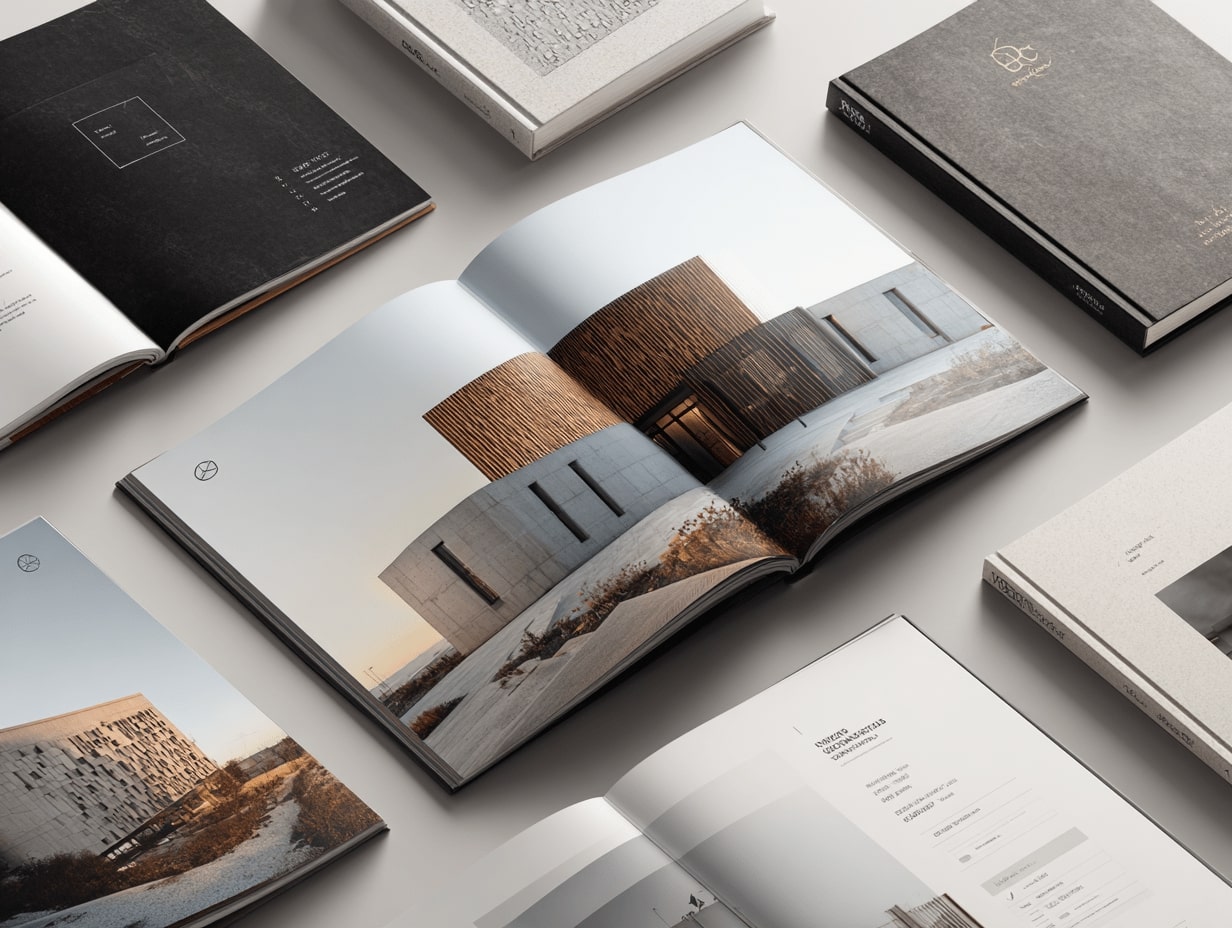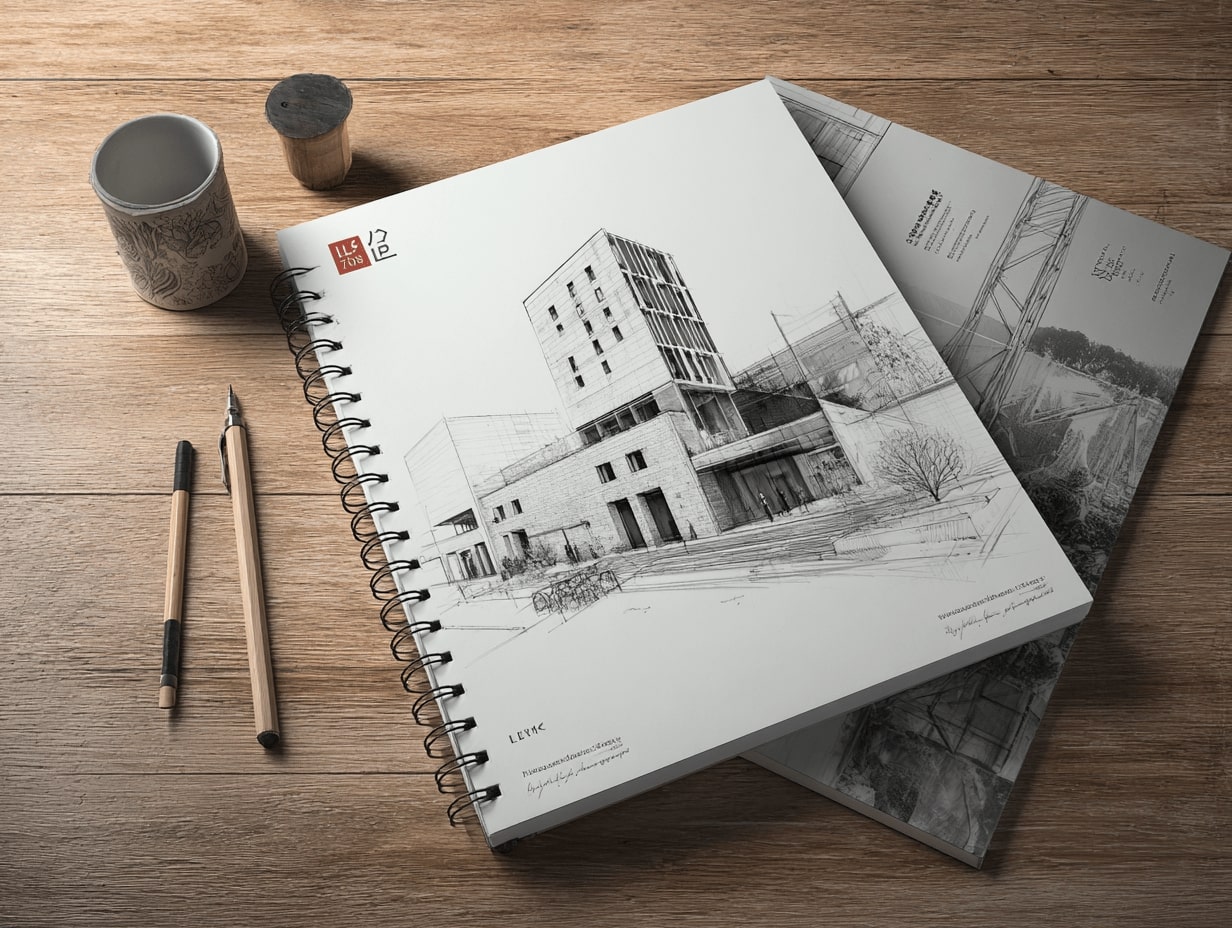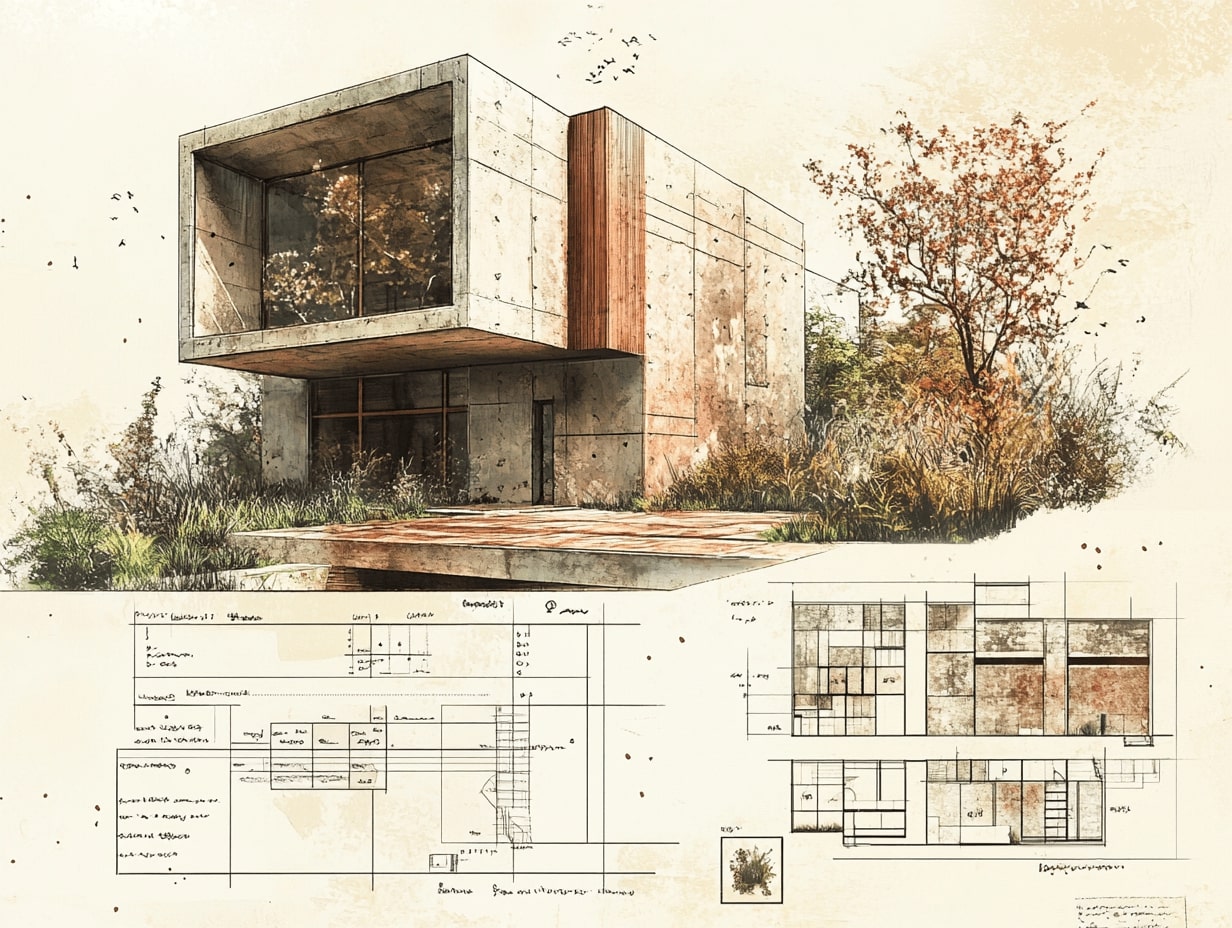- Home
- Articles
- Architectural Portfolio
- Architectral Presentation
- Inspirational Stories
- Architecture News
- Visualization
- BIM Industry
- Facade Design
- Parametric Design
- Career
- Landscape Architecture
- Construction
- Artificial Intelligence
- Sketching
- Design Softwares
- Diagrams
- Writing
- Architectural Tips
- Sustainability
- Courses
- Concept
- Technology
- History & Heritage
- Future of Architecture
- Guides & How-To
- Projects
- Interior Design
- Competitions
- Jobs
- Store
- Tools
- More
- Home
- Articles
- Architectural Portfolio
- Architectral Presentation
- Inspirational Stories
- Architecture News
- Visualization
- BIM Industry
- Facade Design
- Parametric Design
- Career
- Landscape Architecture
- Construction
- Artificial Intelligence
- Sketching
- Design Softwares
- Diagrams
- Writing
- Architectural Tips
- Sustainability
- Courses
- Concept
- Technology
- History & Heritage
- Future of Architecture
- Guides & How-To
- Projects
- Interior Design
- Competitions
- Jobs
- Store
- Tools
- More
Expert Tips and Tricks for Designing Architecturally Stunning Portfolios

Creating an architecturally stunning portfolio is like crafting a visual symphony that showcases our best work and leaves a lasting impression. Whether we’re designing for residential, commercial, or other spaces, our portfolio should be a captivating blend of creativity and technical prowess. It’s not just about displaying projects; it’s about telling a compelling story that highlights our skills and versatility.
To achieve this, we need to focus on a clean layout, making sure our Table of Contents is easy to navigate with consistent font sizes and spacing. Highlighting key sections with bold or colored text can guide the viewer’s eye to the most important parts. Remember, our portfolio is our chance to make a strong first impression, so each page should pack a punch, showcasing our most impressive projects with clarity and impact.
Table of Contents
ToggleUnderstanding the Purpose of Architectural Portfolios
Why Your Portfolio Matters
Our portfolio serves as a visual resume, showcasing our design capabilities and creative vision. It’s often the first impression prospective employers get, and a well-crafted portfolio can set us apart in a competitive field. Highlighting key projects with clear visuals and concise descriptions can demonstrate our expertise and design philosophy.
Impact on Your Career Progression
A strong portfolio not only gets us noticed but also propels our career forward by opening doors to new opportunities. Employers and clients often look for specific skills and styles. By tailoring our portfolio to highlight these attributes, we can align with their needs, thereby increasing the chances of securing desired projects and positions. Consistently updating it ensures we’re always showcasing our latest and best work.

Key Components of a Successful Portfolio
Balancing Visuals and Descriptions
Achieving the right balance between visuals and descriptions is crucial for an engaging portfolio. While high-quality graphics capture attention, they should be supported by concise text that offers context and explains the design process, materials, and unique aspects. Avoid overloading pages with too many graphics or dense text. Instead, maintain a clean layout where visuals and descriptions complement each other. For instance, a project overview can include a few eye-catching renderings along with a brief paragraph that highlights key elements and innovative solutions.
Emphasizing Project Narratives
Project narratives provide depth to your portfolio by telling the story behind each project. Include essential details such as the project’s objectives, challenges faced, and the creative solutions implemented. A well-crafted narrative can transform a simple image into a compelling piece of work. For example, describe how you integrated sustainable design principles into a residential project or overcame site-specific constraints in a commercial space. Ensure that each narrative aligns with your overall architectural philosophy and showcases your problem-solving skills and design versatility.
Designing for Impact
Selecting the Right Projects
Choosing the most compelling projects is crucial for creating an impactful architectural portfolio. These projects should demonstrate a broad spectrum of skills. For example, include projects that showcase residential designs, commercial spaces, and specialized architectural feats. Reflect the diversity of your experience by featuring different styles and scales. Prioritize high-quality project images, clear design solutions, and innovative approaches. If applicable, highlight any awards or recognitions these projects have received to bolster credibility.
Structuring Your Content for Clarity
Organizing content effectively ensures readers can easily navigate and comprehend your portfolio. Start with a personal introduction that covers your background, education, and special skills. Include a concise design philosophy to offer insight into your approach to architecture. Follow with a professional photograph and contact information for accessibility.
Next, list all sections and projects within a Table of Contents, complete with page numbers. For instance:
- Introduction – Page 1
- Project 1: Residential Design – Page 3
- Project 2: Commercial Space – Page 7
- Contact Information – Page 15
Ensure the layout is clean, using consistent font sizes and spacing for readability. Highlight important sections using bold or colored text to draw attention. By maintaining a logical flow, you create a portfolio that is not only visually stunning but also user-friendly, making a stronger impression on prospective clients or employers.

Technical Aspects of Portfolio Creation
Choosing the Right Tools and Formats
Selecting the right tools and formats for creating a portfolio can significantly impact its success. We recommend using software that offers robust design and layout capabilities, such as Adobe InDesign, which allows precise control over typography and alignment. For those seeking more straightforward tools, Canva might be a good alternative due to its user-friendly interface and pre-made templates.
It’s essential to decide on the format before starting the design process. Whether you choose an A4 size for easy printing or a digital format optimized for screen viewing, consistency across pages is crucial. You should also consider the resolution, ensuring high-quality images that won’t pixelate when zoomed in. Adding hyperlinks and interactive elements may be beneficial if your portfolio is digital, enabling a more engaging experience for viewers.
Digital vs. Print: Making the Right Choice
Deciding between a digital and print portfolio depends on several factors, including your target audience and how you’ll present your work. Digital portfolios offer widespread reach and ease of sharing via email or online platforms. They can contain interactive elements like videos and hyperlinks, making them dynamic and engaging. However, they require sufficient technical skills to ensure functionality across different devices and screen sizes.
On the other hand, print portfolios offer a tactile experience that’s often more memorable. Flipping through high-quality printed pages can create a lasting impression, and the physical presence of a print portfolio can enhance personal interactions during meetings or interviews. Yet, print portfolios can be costlier to produce and cumbersome to carry, and any changes require reprinting.
Ultimately, the choice between digital and print should align with your presentation needs and career goals. Evaluating the pros and cons of each format, we can create a portfolio that effectively showcases our work and leaves a lasting impression on potential clients or employers.
Common Pitfalls and How to Avoid Them
Overloading Information
An architecturally stunning portfolio requires a balance between showcasing work and maintaining readability. Including too much information can overwhelm viewers. Instead, we recommend focusing on key projects and providing concise descriptions. For example, highlight projects that demonstrate various skills like residential design, commercial spaces, and urban planning. Each section should offer clear insights without oversaturating the viewer with details. Using white space effectively helps images and text stand out, making the portfolio easier to navigate.
Common Design Mistakes
Visual composition is crucial in portfolio design, yet common mistakes can detract from its impact. Cluttered pages can obscure content, so it’s vital to ensure elements breathe. Avoid using multiple font styles and inconsistent margins, as this can create a disjointed look. Instead, stick to a unified font style with consistent margins throughout. Low-quality images can undermine even the best projects. Always use high-resolution images to maintain professionalism. Reviewing and refining the design guarantees the portfolio aligns with the overall theme, enhancing its visual appeal and readability.

Tailoring Portfolios for Different Audiences
Considerations for Potential Employers
Understanding the target employer’s needs is essential for crafting an effective portfolio. Before we begin, research each company thoroughly to grasp their design philosophy, project types, and preferred presentation styles. We should highlight relevant projects that align with the company’s work. For instance, emphasize residential designs when applying to firms specializing in housing. Customizing the introductory sections to reflect the employer’s ethos can create an immediate connection. Including a brief, poetic letter that avoids excessive formality can set a personal tone, differentiating us from other applicants. Avoid generic emails or mass-forwarded communications, as they often get overlooked. Always use a professional yet approachable language.
Adapting to Different Industry Sectors
Different industries have unique design requirements and preferences. To tailor our portfolio effectively, we must consider these nuances:
- Commercial Sector: Show projects that feature large-scale solutions, efficient space utilization, and innovative design elements. Highlight projects demonstrating versatility and adaptability in commercial environments.
- Residential Sector: Focus on personal, nuanced designs that address client needs. Showcase an understanding of lifestyle integration and custom solutions.
- Public Spaces: Emphasize work that improves community spaces, enhances accessibility, and incorporates sustainable practices.
Staying flexible allows us to modify our portfolio swiftly based on the sector’s demands, ensuring that it resonates with varied audiences. Each section should be meticulously tailored to show our expertise in the specific area we’re targeting.
Updating and Maintaining Your Portfolio
When to Update
We should regularly update our architecture portfolios to reflect our most recent work and skills. New projects, software proficiency, or shifts in our design style require our portfolios to stay current. Typically, it’s best to update our portfolios every six months, especially if we’ve completed significant new projects. This ensures that potential employers see our latest and most relevant work, making our portfolios more compelling.
Using Feedback Constructively
Seeking feedback from peers or mentors enhances our portfolios’ quality. We should ask for specific insights on layout, design consistency, and project descriptions. Constructive feedback helps us identify areas needing improvement. By making these refinements, we improve our portfolios’ impact and readability. Implementing feedback not only demonstrates our willingness to grow but also ensures our portfolios meet professional standards, thereby increasing our chances of impressing prospective employers and clients.

Conclusion
Organize projects meticulously to ensure seamless presentation in your portfolio. Regular updates, ideally every six months, help keep the document relevant, preventing loss of work or documentation. Include notable and recent projects, providing context on the challenges faced and solutions developed.
Integrate unique personal work at the end of the portfolio. Differentiation is key in a competitive field. Use uncommon elements, rather than following the norm with sketches or basic artwork, to capture attention and showcase creativity.
Keep communication effective and personable. Succinct, direct text in emails is critical. Formal letters often fall flat. Prefer a more honest, poetic tone unless targeting large firms with formal processes.
Letters of recommendation should be used sparingly. They tend to lose efficacy due to overuse and generic nature. Only include them if specifically requested by an office.
Avoid forwarding the same email to multiple offices. Personalized communication tailored to each potential employer increases the chances of a positive response. Be mindful of small details like avoiding “fwd” in email titles and open address lists to maintain professionalism and relevance.
In essence, a portfolio is a dynamic reflection of our professional evolution. Regular updates, personal touches, and effective communication strategies help us stand out, showcasing our architecture expertise compellingly and professionally.
- architect portfolio design inspiration
- architectural portfolio design
- architectural portfolio design guide
- architectural portfolio layout ideas
- architecture portfolio design templates
- architecture portfolio tips
- architecture student portfolio tips
- best architecture portfolio examples
- creative architecture portfolios
- designing architectural portfolios
- effective architecture portfolio strategies
- how to make an architecture portfolio
- modern architecture portfolio design
- portfolio design for architects
- portfolio design tricks
- portfolio enhancement for architects
- professional architectural portfolio
- tips for stunning portfolio designs
Submit your architectural projects
Follow these steps for submission your project. Submission FormLatest Posts
Digital Marketing: The New Portfolio for Showcasing Skills and Attracting Opportunities
Discover how digital marketing has revolutionized the traditional portfolio in today's fast-paced...
Essential Tips for a Good Architecture Portfolio to Impress Employers and Clients
Unlock your architectural potential with our essential tips for crafting a standout...
How to Stage a House for an Architectural Portfolio Shoot
A house might look beautiful in person, but through a lens? That’s...
The Process Behind a Successful Architecture Portfolio: Tips for Design and Presentation
Discover the art and strategy behind building a standout architecture portfolio. Learn...












Leave a comment